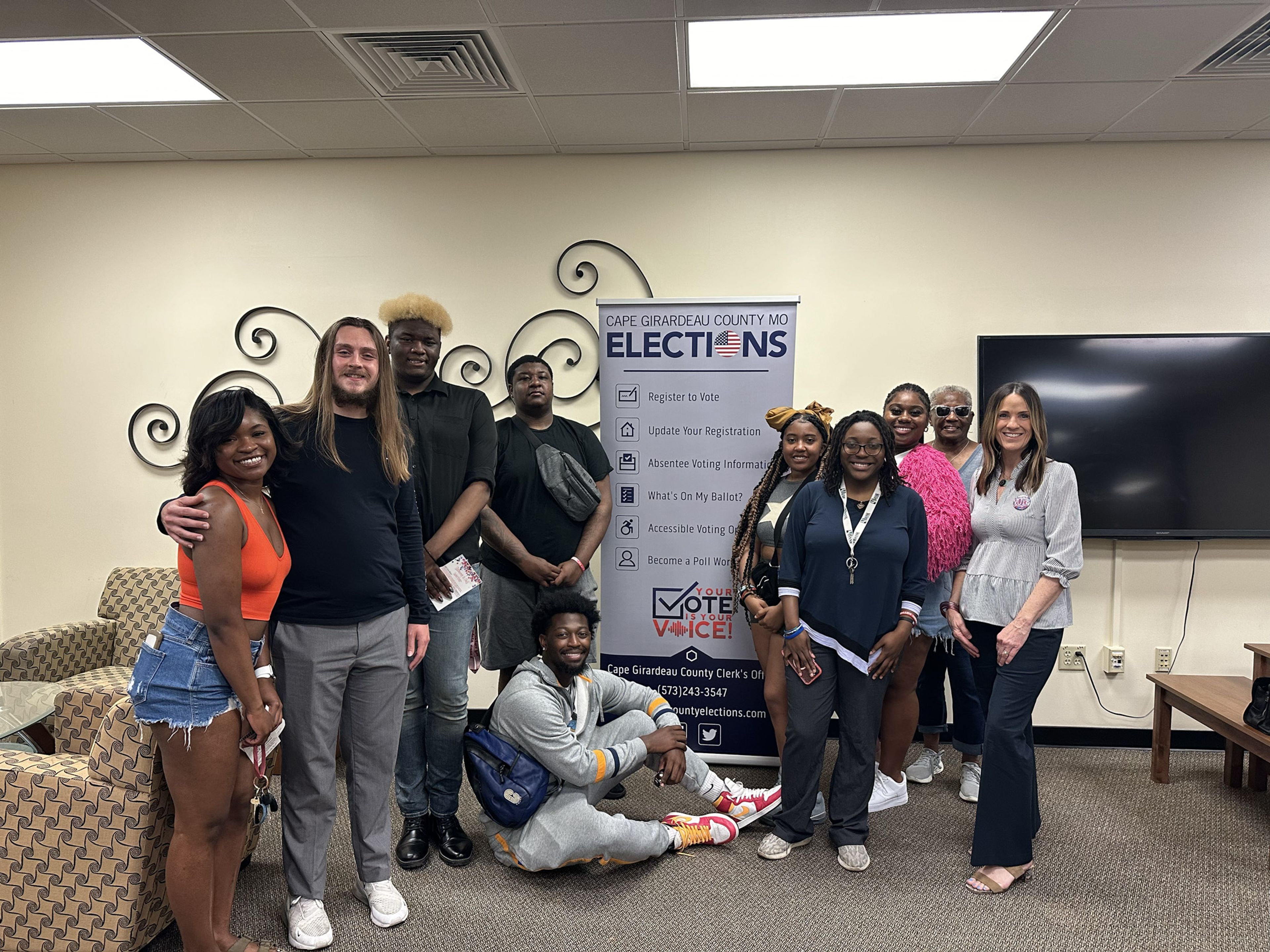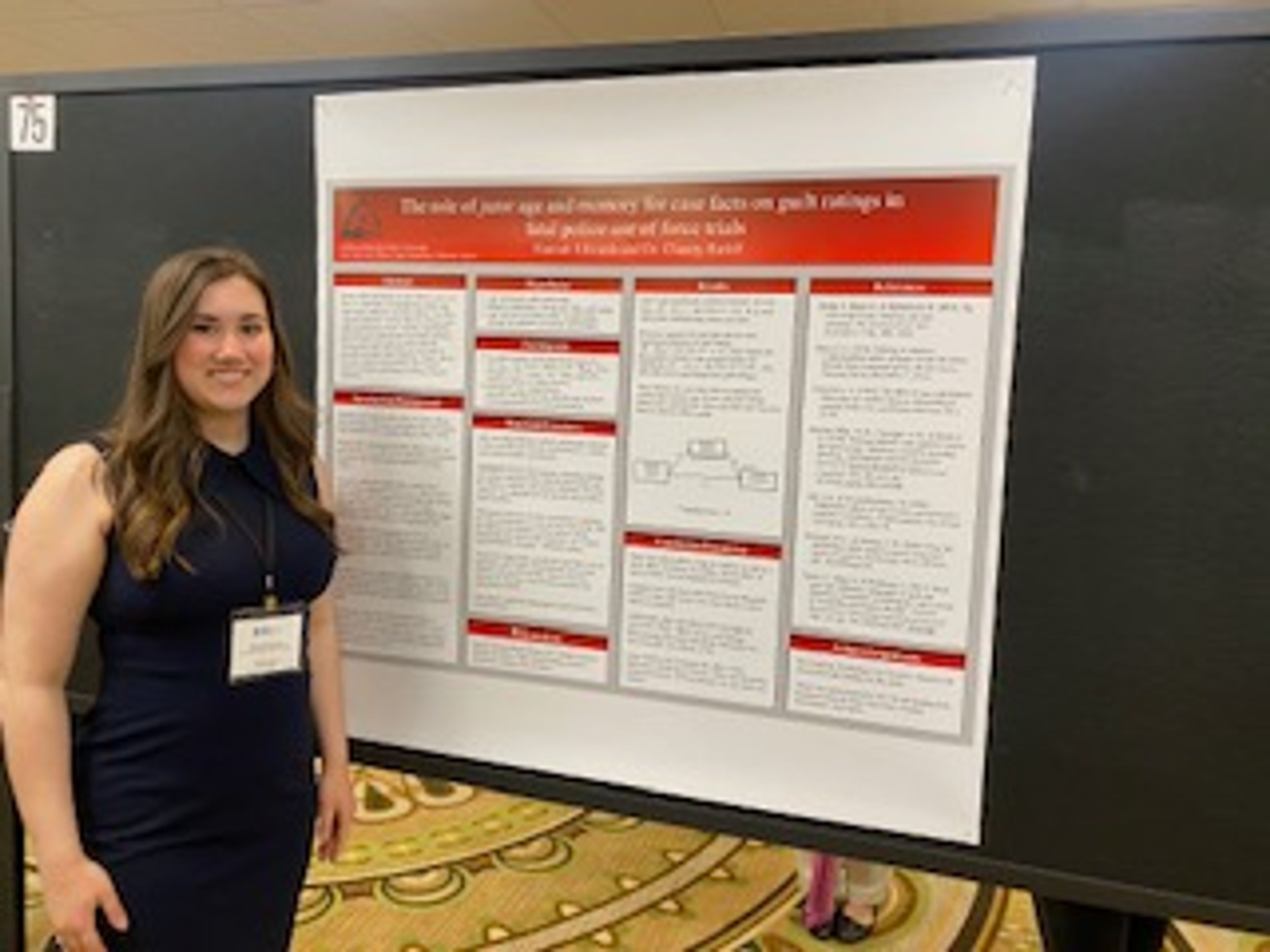Southeast Missouri residents have been treated with two opportunities to see the astronomical phenomenon in seven years, once in 2017 and again on April 8, 2024.
In contrast, 148 years separated the 2017 eclipse and the next oldest total eclipse that crossed Missouri in 1869.
The future seems no less random. The next solar eclipses to reach the central United States both barely touch Missouri in 2044 and 2045.
Solar eclipses may feel random, but, according to associate professor of physics Johnathan Kessler, they are not.
Kessler highlighted three reasons solar eclipses seem random: The Lunar orbit, the three-body problem, and rarity.
Lunar Orbit
The moon’s orbit is central to the creation of a solar eclipse. A solar eclipse occurs when the moon travels between the Earth and the sun, casting a shadow.
This is only possible because the sun is 400 times larger than the moon, but also 400 times further away from the Earth than the moon. This gives the moon and sun a nearly 1 to 1 ratio that allows the moon to completely block out the sun.
“When you study solar systems and study moons and orbits, it’s an incredibly rare occurrence,” Kessler said. “We have one moon, and that one moon happens to have this perfect coincidence.”
That perfect coincidence isn’t entirely perfect, though.
“The moon’s orbit around the earth isn’t perfectly circular. So, at some points it can be a little bit further away from the earth and sometimes a little bit closer,” Kessler said.
When the moon is further from the Earth, it will appear smaller and create an eclipse that lasts for a shorter amount of time. When it is closer, the eclipse will last longer.
If the moon is at its furthest point in its orbit, the eclipse, known as an annular eclipse will not entirely cover the sun, leaving a large ring of light around the moon, according to the National Park Service.
This slight variation in the moon’s orbit adds to the feeling of randomness in solar eclipses.
Three-Body Problem
The moon’s slight deviation in distance isn’t the only orbital phenomenon that makes eclipses appear random.
“We think about everything with astronomy as being predictable… And that’s true if you have a two-particle system,” Kessler said. “In physics there’s something we call the three-body problem.”
The three-body problem refers to the complexity created by the gravitational interactions of more than two objects in space.
According to Kessler, the earth and moon pull on each other, affecting both orbits. Meanwhile, Jupiter and all the other planets pull on both the moon and the earth, further complicating the orbital situation.
“Anytime you have more than two bodies, you lose any type of perfect periodicity, and that’s one of the things that makes eclipses so hard to predict,” Kessler said.
A Scientific American article describes the difficulty of the three-body problem in physics.
Rarity
A solar eclipse is a beautiful phenomenon that many people will see only once in their lives. A Missouri resident born in 1870 likely never witnessed an eclipse if they didn’t travel.
For a specific location, a solar eclipse is exceptionally rare.
NASA’s website states that a location on Earth will only see a solar eclipse twice every 375 years on average.
Even when eclipses do happen, many will not occur where people live.
“One of the reasons that an eclipse is rare is because most of the earth is covered by water and it’s difficult to observe an eclipse from an ocean,” Kessler said.
Although they are rare, solar eclipses take place several times a year across the globe.
Seeing the sun darkened by the moon is a rare and unlikely coincidence that Missourians have the chance to observe on April 8, 2024.
Kessler urged all Southeast Missouri residents to take the opportunity, but to remember to have the appropriate protective glasses when looking at the sun.




